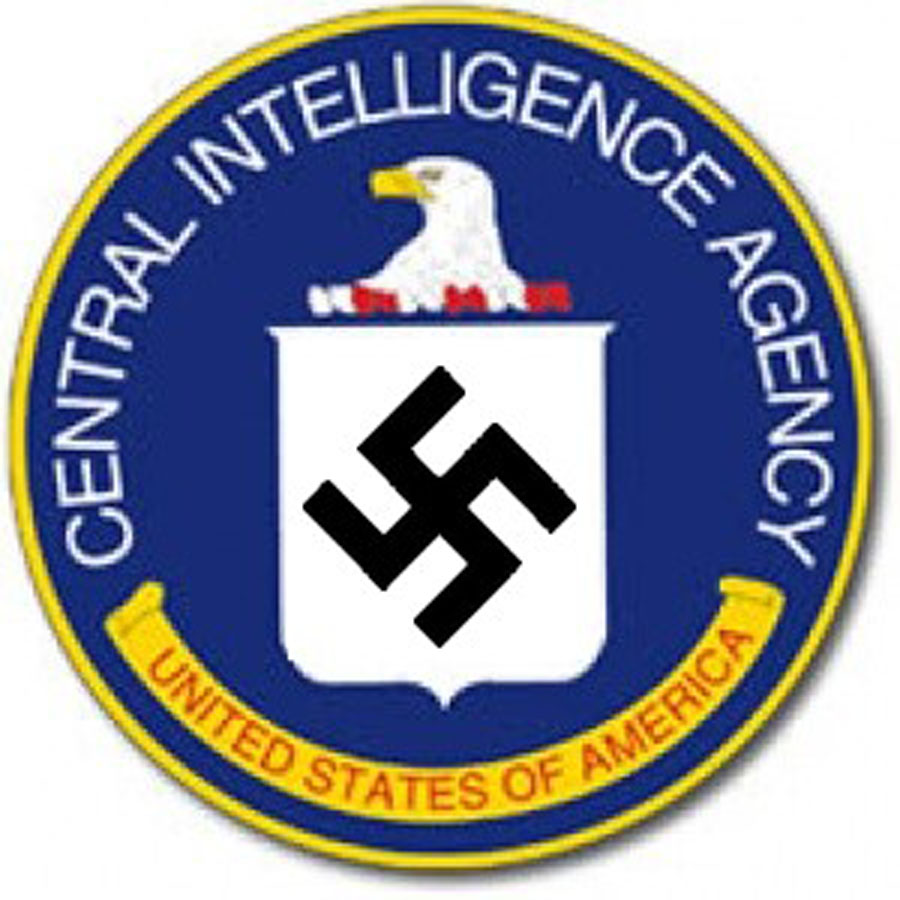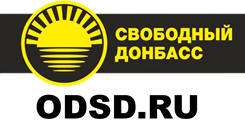Operations of the United States Central Intelligence Agency (CIA) in Macedonia Before the breakup of the former Republic of Yugoslavia in the early 90s, the CIA Station in Sofia played a key role in regional intelligence operations, a role that continues today. In 1992, the Republic of Macedonia (RM) declared independence. The change in the political geography did little to limit the CIA’s local operations, and since the day of separation representatives of the US intelligence community (1С) have worked actively in Macedonia. These operations have been coordinated from the same US Embassy in Sofia. During 1992-1993, the Macedonian Ministry of Defense and Ministry of Interiors (MUP) were penetrated by the CIA. Senior officials met with representatives of the CIA, accepted tasking, and operated in accordance with guidance of 1С representatives. On at least one occasion, electronic intelligence equipment was sent to Sofia via diplomatic pouch and then – in a van – to Macedonia. RM Defense Minister Vlado Popovski was personally involved in the process of selecting the sites where this equipment would be placed. Popovski recommended sites enabling the collection of secret signals intelligence (SIGINT) on the territory of Serbia; one of which was located near the airstrip of Ponikva. The Americans were especially interested in intercepts concerning Kosovo, which along with other SIGINT were automatically sent by the collection system to the US via satellite. The same system was also used by the Americans in Croatia. Other major accomplishments of the US 1С during this period included getting control of the KZU-71 cryptosystem used by the National Army of Yugoslavia (JNA) and compromised three different cables carrying land line communications across Yugoslavia. The CIA also managed to get the complete routing diagram of the country¬wide communications cable and the national Socialist Federal Republic of Yugoslavia (SFRY) network, a detailed catalog of the technical specifications of Yugoslav cables, and sensitive JNA manuals on radio frequency usage, call signs, frequencies and day/night rotas to compromise the security of regional сommunications. These sensitive documents and equipment samples were sent to CIA office in Washington via the same Embassy in Sofia. At least two RM MUP technologists, Branko Duzevich and Stanko Pipan, are known to have taken part in the process of revealing the types of cryptographic and data protocols used to protect the Yugoslavian cable network. Shortly thereafter the RM MUP initiated surveillance of the Greek – Serbian communications line crossing their territory.



